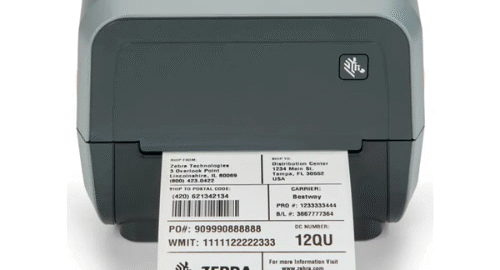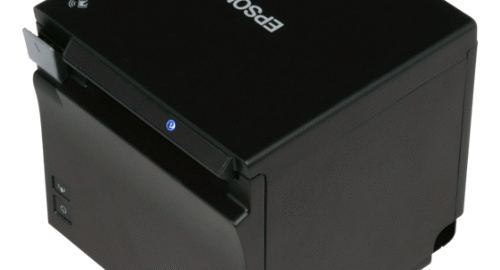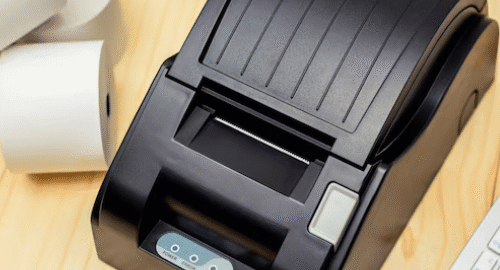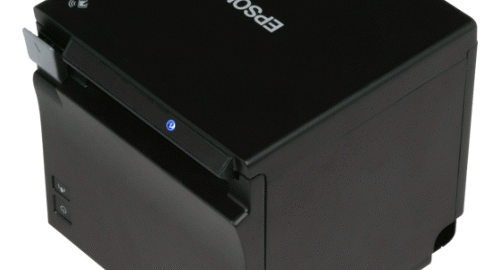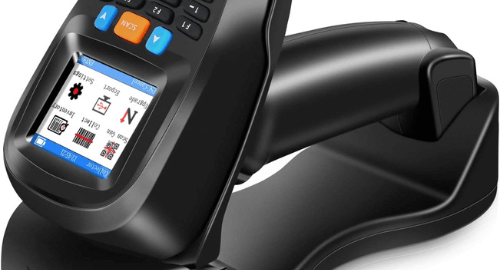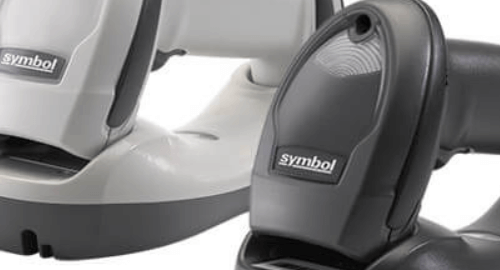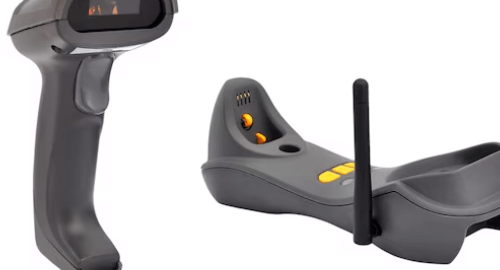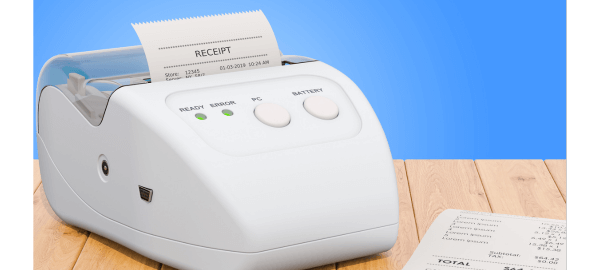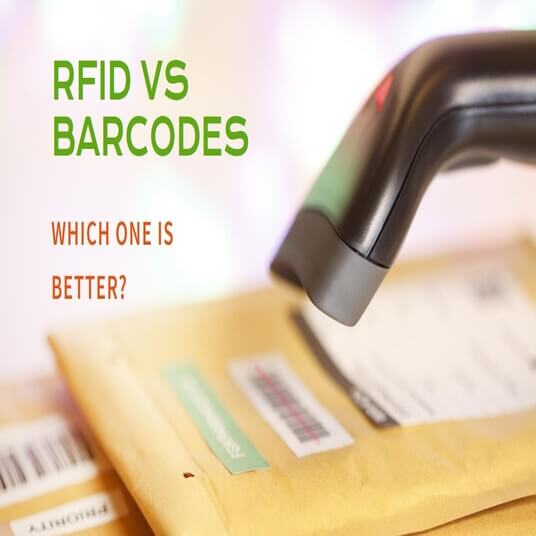
Radio-frequency identification (RFID) and barcodes are two well-known competitors that have long fought it out for supremacy in the field of tracking and identification technology. Both have comparable functions but use distinct systems, each with unique benefits and drawbacks. To understand the advantages and disadvantages of each technology, we compare the read range and speed of barcodes and RFID in this analysis.
Radio waves are used by contactless RFID technology to transfer data between a tag and a reader. Tags can be active (having an onboard power source) or passive (powered by the reader’s signal). Contrarily, barcodes are made up of several parallel lines with different lengths that encode data and are usually scanned by optical readers.
Read Range:
RFID:
RFID’s greater read range is one of its main benefits. RFID tags that are passive can be read from a distance of several feet; many specialist tags have read ranges exceeding one hundred meters. This range can be further extended by active RFID tags, which are powered by an onboard battery and allow tracking over large areas. RFID is perfect for applications that need to manage assets or goods in real-time across big facilities, such warehouses or distribution centers, because of its long read range.
Barcodes:
In contrast, the read range of barcodes is restricted. For optical scanners to reliably read the data stored in a barcode, they need to be close to the barcode. Although read ranges have somewhat increased due to developments in barcode technology, they are still not as good as RFID.
Speed:
RFID:
RFID operates at a high speed and provides quick data collection. When used correctly, RFID readers can scan several tags at once quickly, greatly increasing the efficiency of asset tracking and inventory management. Fast-paced settings like shipping and logistics hubs or manufacturing plants, where time is of the importance, benefit greatly from this high-speed operation.
Barcodes:
Although barcode scanning is typically thought to be quick, it is not as quick as RFID, particularly when handling a lot of products. Because each barcode needs to be scanned separately, there may be delays and bottlenecks in busy places. To further impede the process, barcode scanners may need to be precisely aligned with the barcode in order to read it accurately. Nevertheless, barcodes are suitable for applications with moderate throughput requirements, like retail inventory management.
Considerations:
Cost: Compared to barcode systems, RFID systems usually have greater upfront costs. This is mainly because RFID tags and readers are more expensive. But long-term cost reductions are possible with RFID thanks to its automation and efficiency gains potential, especially in sectors with complicated supply chains or strict inventory control regulations.
Environmental factors: Compared to barcodes, which can reduce scanning accuracy, RFID is less vulnerable to environmental factors like dirt, dust, or obstructions in the line of sight because it relies on radio waves. Because of its resilience, RFID can be used in challenging or dynamic settings where conventional barcode labels might not last.
Integration: Integration with current software platforms and infrastructure is necessary for both RFID and barcode systems. Due to the complexity of the technology, barcode systems are usually simpler to install and maintain than RFID systems, which may require more substantial system upgrades and personnel training.
Conclusion:
The decision in the ongoing debate between RFID and barcodes ultimately comes down to the particular needs and limitations of each application. RFID has a faster scan range and is more cost-effective initially, but it also requires more work to implement. Conversely, barcodes are easier to use and more affordable, but in some situations, they could not be as efficient and scalable as RFID. By carefully weighing the trade-offs between read range, speed, cost, and other factors, organizations can make informed decisions to optimize their tracking and identification processes.

